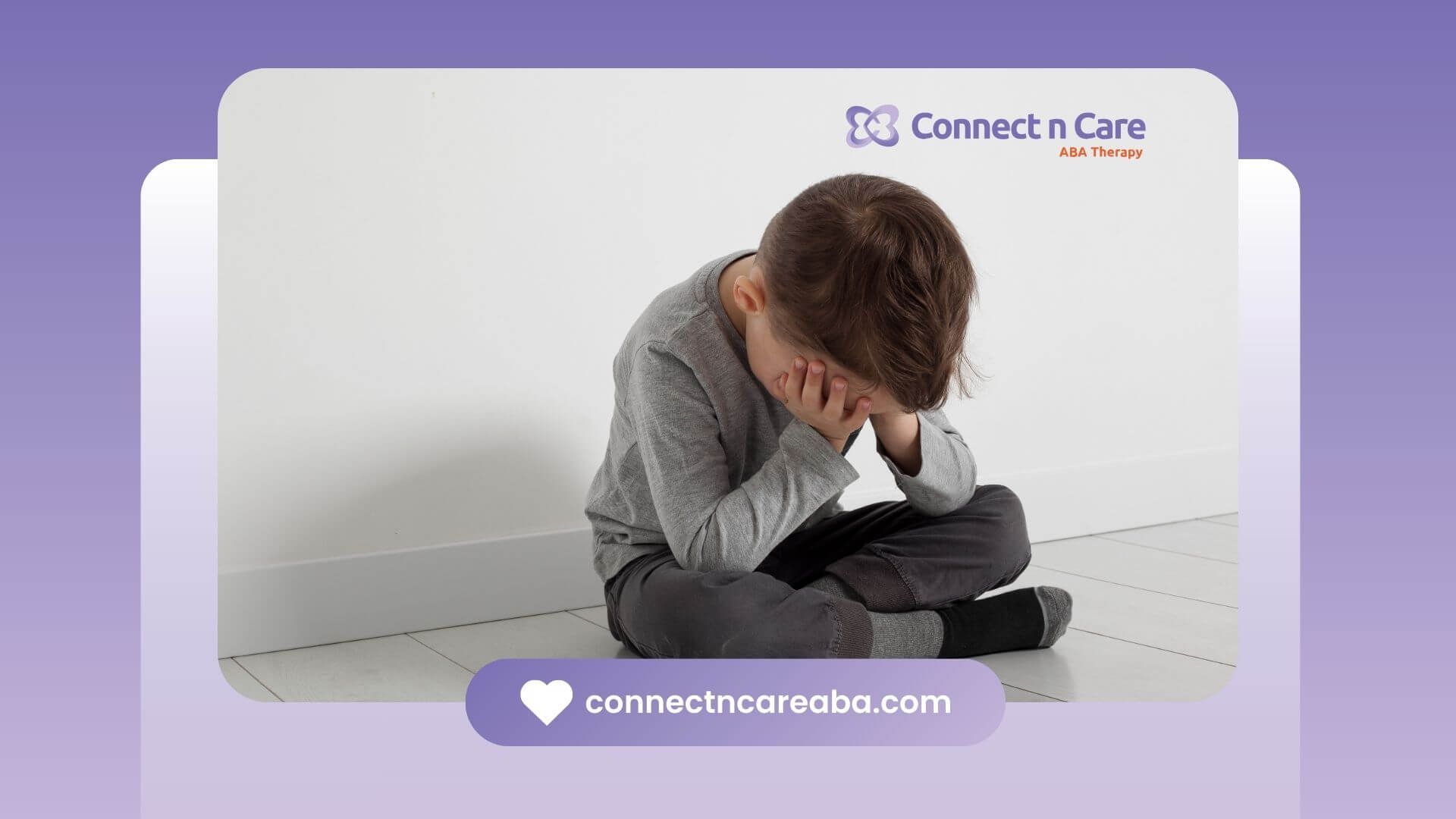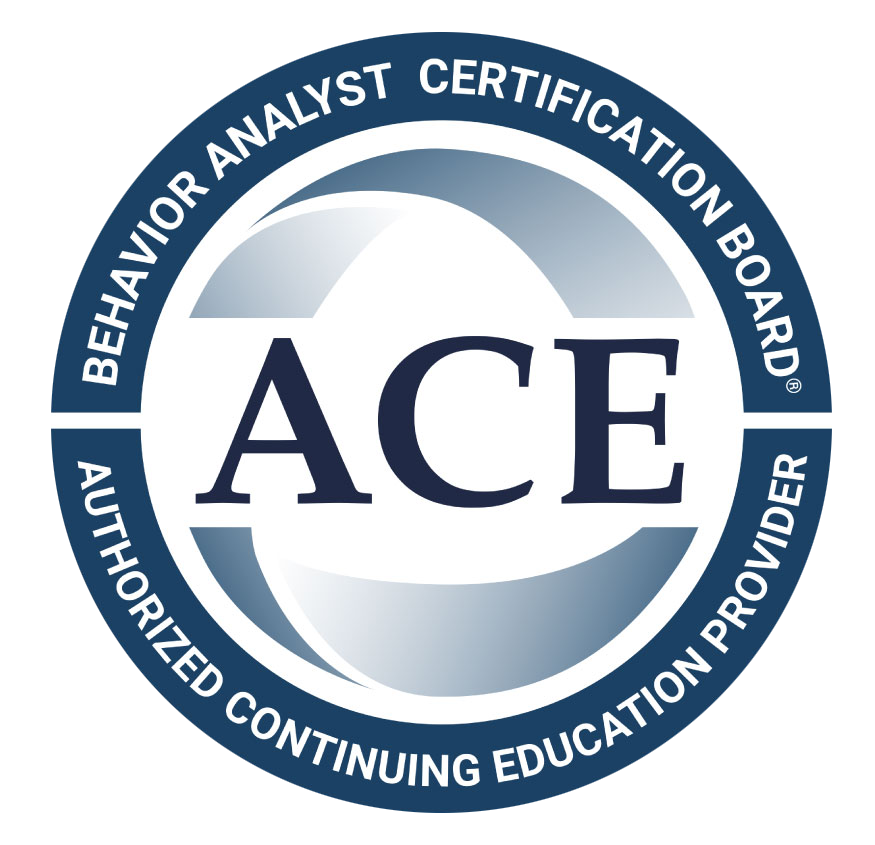Applied Behavior Analysis (ABA) is built on three basic principles: Antecedent, Behavior, and Consequence—known as the ABCs of ABA. These principles help therapists understand, teach, and reinforce positive behaviors in children.
The Three Basic Principles of ABA
- Antecedent: What happens right before a behavior. This could be a request, an environment change, or a specific trigger.
- Behavior: The action or response observed. This is what the child actually does, such as speaking, moving, or reacting.
- Consequence: What happens right after the behavior. Consequences can increase or decrease the likelihood of the behavior happening again, depending on whether they are positive (reinforcement) or negative.
Many families see the ABCs in action every day. For example, a parent might ask their child to pick up toys (antecedent). The child picks up the toys (behavior). The parent gives praise or a favorite activity (consequence), making it more likely the child will help again.
Research shows that using the ABC model in ABA therapy leads to measurable improvements in communication, social skills, and daily routines for children with autism.
Understanding what are the three basic principles of ABA can transform daily routines and learning. At Connect n Care ABA, we use these principles to build personalized, effective therapy plans. Ready to see the ABCs in action? Reach out today to start your child’s progress story.
FAQ
What are the three basic principles of ABA?
Antecedent, Behavior, and Consequence—the ABCs of ABA therapy.
Why are the ABCs important in ABA?
They help therapists and families understand, teach, and reinforce positive behaviors.
How can I use the three basic principles of ABA at home?
Watch for triggers (antecedents), observe your child’s response (behavior), and provide consistent feedback (consequence) to encourage positive change.









